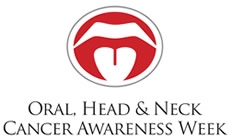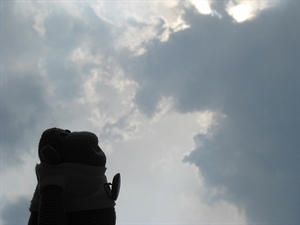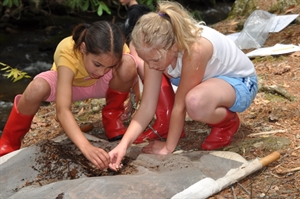National Park Week on April, 2025: national forest service police vs national park service park ranger police?
National Park Week 2025. Get Free Admission During National Park Week National Parks Service Logo
As an Amazon Associate I earn from qualifying purchases.
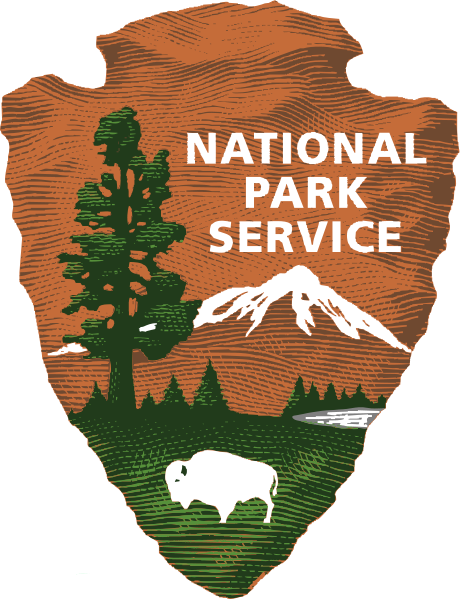
National Park Rangers are any uniformed member of the National Park Service (NPS), a division of the US Department of the Interior and include naturalists, resource managers, administrative personnel and "visitor protection" rangers. Protection rangers do law enforcement, EMS, search and rescue, wildland and in some parks, structural firefighting, and resource (natural, historical and cultural) protection. They have a four year degree, usually in the biological sciences, or, in the case of seasonal (summer) rangers, are working on one. They working in one of the National Parks, Recreation Areas, Historic Sites, Scenic Riverways, Monuments and Preserves. Protection rangers wear a different badge than other rangers, and are armed and have gone through either a seasonal law enforcement training program, or for permanent staff, a 24 week course at the Federal Law Enforcement Training Center (FLETC) in Glyncoe, GA. National Park units are administered by the NPS and the Department of the Interior.
US Forest Service Law Enforcement Officers (LEOs) are sworn (commissioned) officers of the US Forest Service, part of the federal Department of Agriculture. Their primary duties are the the protection of the lands and resources of our National Forests and Grasslands, the safety of forest users, and the prevention, detection and investigation of criminal activity on the Forest Service lands, and are required to be wildland firefighter certified. Like NPS rangers, USFS LEOs have a 4 year degree, and go through a six-month training program at FLETC, and a six-month Field Training with senior LEOs in other parts of the country. Seasonal and non-sworn enforcement personnel are called Forest Protection Officers, and FPO training is incidental to their primary job, such as foresters, recreation technicians, wilderness rangers, and laborers. Although all USFS personnel are uniformed, only the district forester and his/her assistants, and specific wilderness and backcountry FPOs are called "rangers" in the Forest Service. Only LEOs carry issued firearms in the course of their normal duties, and their shoulder patch and badge are different than other employees. National Forests and Grasslands are administered by the Department of Agriculture/US Forest Service.
The Bureau of Land Management of the Department of the Interior and the US Army Corps of Engineers also employ rangers for law enforcement and visitor protection.
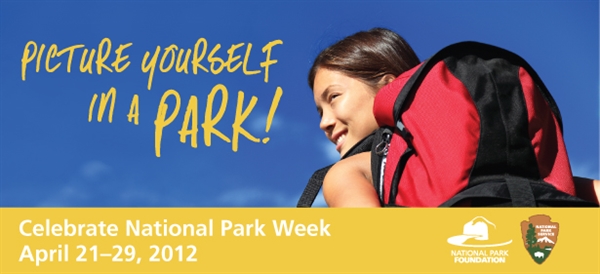
Which U.S. national park is the best?
Most people would generally agree that Yellowstone National Park, which is mostly in Wyoming but also parts of Montana and Idaho, is the "greatest national park in America."
But this does not make that a fact. Mostly Yellowstone is just the most FAMOUS park in America, but whether it is the "best park" is up to the individual person. Partly it is so famous because it was the first national park, and we were very proud of creating a national park system at the time, so the government advertised and bragged the hell out of the fact that Yellowstone existed. That is still stuck in the public conscious. Plus, it is one of the larger parks.
There are several other reasons that it is so famous now, but the point to remember is that just because it is the most famous does not make it the best. That being said, though, it is still a wonderful park, and many people do agree that it is indeed the best park in America. You will have to decide.
Other good national parks are all over the place, including Rocky Mountain National Park, Yosemite National Park (California), Mount Rainier National Park (Washington), Redwood National and State Park (California), Grand Canyon National Park (Arizona), Zion National Park (Utah), etc.
Actually, as far as travel rankings go, Zion is ranked number 1. I have provided the link.
In any case, Yellowstone is a very good place to start if you have not visited many parks and want to visit more in the future.
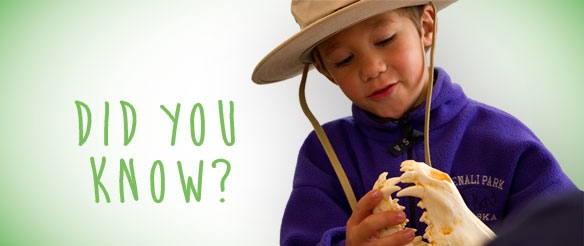
Which national parks in Southern Utah should I visit if I only have a week?
You are not going to be disappointed with any of those places. Colorado Plateau has some of the best hiking and most impressive natural scenery in the world. I have been to all the places you mention, and here is my take on them.
Zion - With its flowing river and many trees, this is the most relaxing and serene of the parks. Great hikes of all difficulty levels. Emerald Pools is a nice easy one. Angels Landing (if you are not afraid of heights) is amazing. Hiking up the river into the narrows is also a classic (but may be difficult in spring due to high water). Camp cheap at the park campgrounds, nearby Springdale is pretty pricy (Zion Pizza and Noodle Company has good food at good prices).
Bryce - Pretty colorful rocks and some very nice day hikes, but (in my opinion) not as big or varied as the other parks and much more out of the way. Navajo trail (through 'Wall Street' and Peek-a-boo trail are nice day hikes through the heart of the formations).
Arches - Very cool scenery - the numerous arches look like something from Disneyland or a movie set (opening scenes of Indian Jones and the Last Crusade were filmed here). Mostly driving to overlooks, but a couple of nice short hikes. Devils Garden trails passes a number of neat arches. Hiking up to Delicate Arch (seen on the Utah license plate) at sunset is a southwest photography must. Right next door to town of Moab (with a wide range of eating and lodging options).
Grand Canyon North Rim - Higher elevation and less developed (thus less crowded) than the South Rim. The best rim to visit during summer, but is closed (due to snow) from mid-October to mid-May. Many nice overlooks, but few short day hikes. Campground near the lodge or 'at large' in nearby national forest.
Canyonlands - Desert backpackers paradise. This is a huge area of some of the wildest land in the lower 48 and many interesting rock formations. Very little in the way of visitors centers and drive-to spots - you really need to do some hiking or backpacking to appreciate it. My choice for best day hike is through the rock fins and spires of the Chesler Park trail off the Elephant Hill road trail head in the Needles district (south of Moab). The Islands in the Sky district seems to be more aimed toward 4x4 trails while the Maze district is very rugged multi-day expedition country.
Capital Reef - Sort of like a Zion meets Canyonlands - a mixture of rugged desert canyons and shady river valleys. It is way off the beaten path, which means less crowds than the others. Not explored this as much as the others, but the narrows of the Grand Wash are a nice day hike. Very nice looking shady campground. Few facilities nearby.
Others in the area worth mentioning:
Natural Bridges National Monument - Often overlooked, this is a very pretty sandstone canyon with three huge arches stretching across the entire canyon (you walk under them). A great day hike and rarely crowded.
Mesa Verde National Park - A little out of your zone (extreme SW corner of Colorado), but worth considering if you are going to be focusing on the Moab area. Probably the most impressive cliff dwellings in the US.
Monument Valley, Arizona/Utah - Right near Four Corners. Very impressive scenery (where Stagecoach and many other westerns were shot). Not much hiking, but a nice little driving tour through the mesas. Be sure to visit nearby Goulding Trading Post.
Antelope Canyon - This is the famous slot canyon just outside of Page (near Lake Powell). You would recognize the photographs of it. Now administered by the Navajo Nation - pay a small fee and wander through Lower Antelope on your own (very cool). Have to have a guide for Upper Antelope (which I think is less impressive).
Grand Gulch, Utah - On BLM land south of Natural Bridges. Hike into a beautiful sanstone canyon with some of the best preserved Anasazi ruins in the southwest. No established camping spots nearby.
The Wave - Famous sandstone formation on the Arizona/Utah border between Kanab and Page. This is an excellent day hike - the weird carved rock formations look like something from another planet - never seen anything like it. Only drawback is that there are only a few daily permits raffled off each morning at the Paria Ranger Station.
Escalante - Grand Staircase - The Esclante area is just being discovered as an excellent region for canyon hiking and backpacking. Many classic hikes through slot canyons and past arches and waterfalls. Lower Calf Creek Falls is a nice day hike to a beautiful waterfall and pool (north of town of Escalante).
As mentioned, you could happily spend a week at most of these places and not be dissappointed. My preferences of the above would be as follows:
Famous / Grand Scenery: Zion, Arches, Grand Canyon, Monument Valley, Antelope Canyon, Mesa Verde
Peaceful and Pretty with Fewer Crowds - Capital Reef, Grand Canyon North Rim, Natural Bridges, Escalante
Hiking Bliss - Canyonlands, Grand Gulch, Bryce, Zion, Escalante
Zion-Bryce-Grand Canyon would be a good combination if you are visiting during May or later. Prior to May, the north rim of the canyon will be closed, in which case I would recommend hitting the Moab area and doing Arches, Canyonlands and (if you don't mind driving more) Monument Valley and Natural Bridges and/or Grand Gulch. If you really want to get away from the crowds and big towns do a combination of Capital Reef and Escalante.











